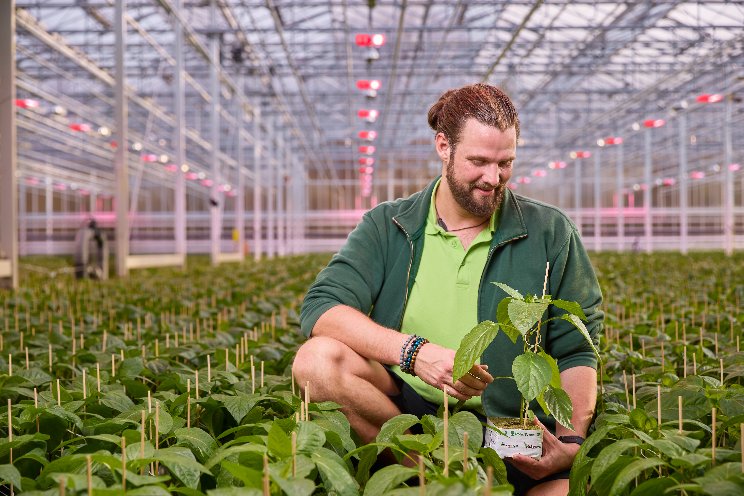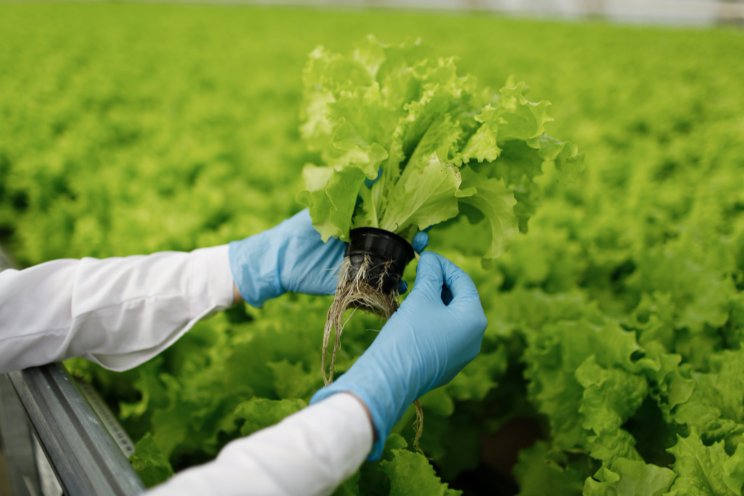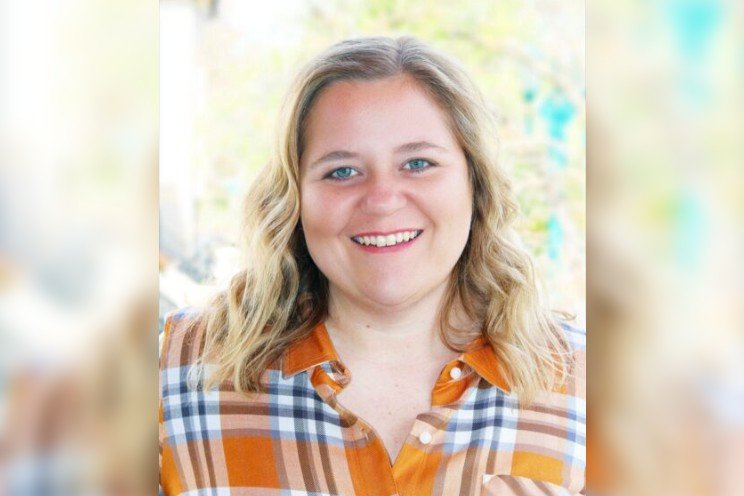Think far-red light works in greenhouse tomatoes?
Added on 11 October 2023

The use of far red has been one of the hot items lately and appears to have a positive effect on many crops when applied properly. However, at the moment, no far-red light is used in tomato cultivation and we do not expect this to change in the foreseeable future. Nevertheless, it is important for us to investigate the cultivation effects we can achieve with different light spectra.
In collaboration with Wageningen University & Research and vegetable breeder Nunhems, we observe unequivocal results when applying far red: we see that the available energy is easier to direct to the fruits. The degree of production increase when adding far-red light depends heavily on the variety. From other studies we see that the crop is slightly easier to control generatively, which sometimes makes it easier to achieve balance in the crop, and the crop may be slightly more forgiving in times when the growing conditions are not optimal. It is therefore too soon to say that far-red light in tomatoes has no effect at all on growth, quality, or taste. But how does this translate into practice?
Too Uncertain in Practice
For growers, the results have been mixed to say the least. The research shows that there are major differences between varieties. Even when those varieties are genetically very closely related, there may be a huge difference in the effects. Now that breeders are developing new variety portfolios because of the resistance to tomato brown rugose fruit virus, this has become an additional uncertain factor. There are also several results from our fundamental research that are difficult to translate into practice. For example, it turned out that different treatments with far red gave the plant better sink strength, which means that more sugars flow to the fruits. However, this only led to a significant increase in harvest if the far-red was dosed during the entire photoperiod — in this case 16 hours a day. The production increase is therefore disproportionate to the extra energy costs required. In general, we see that the effects are greatest with large proportions of far red.
Photo: Signify
More news















